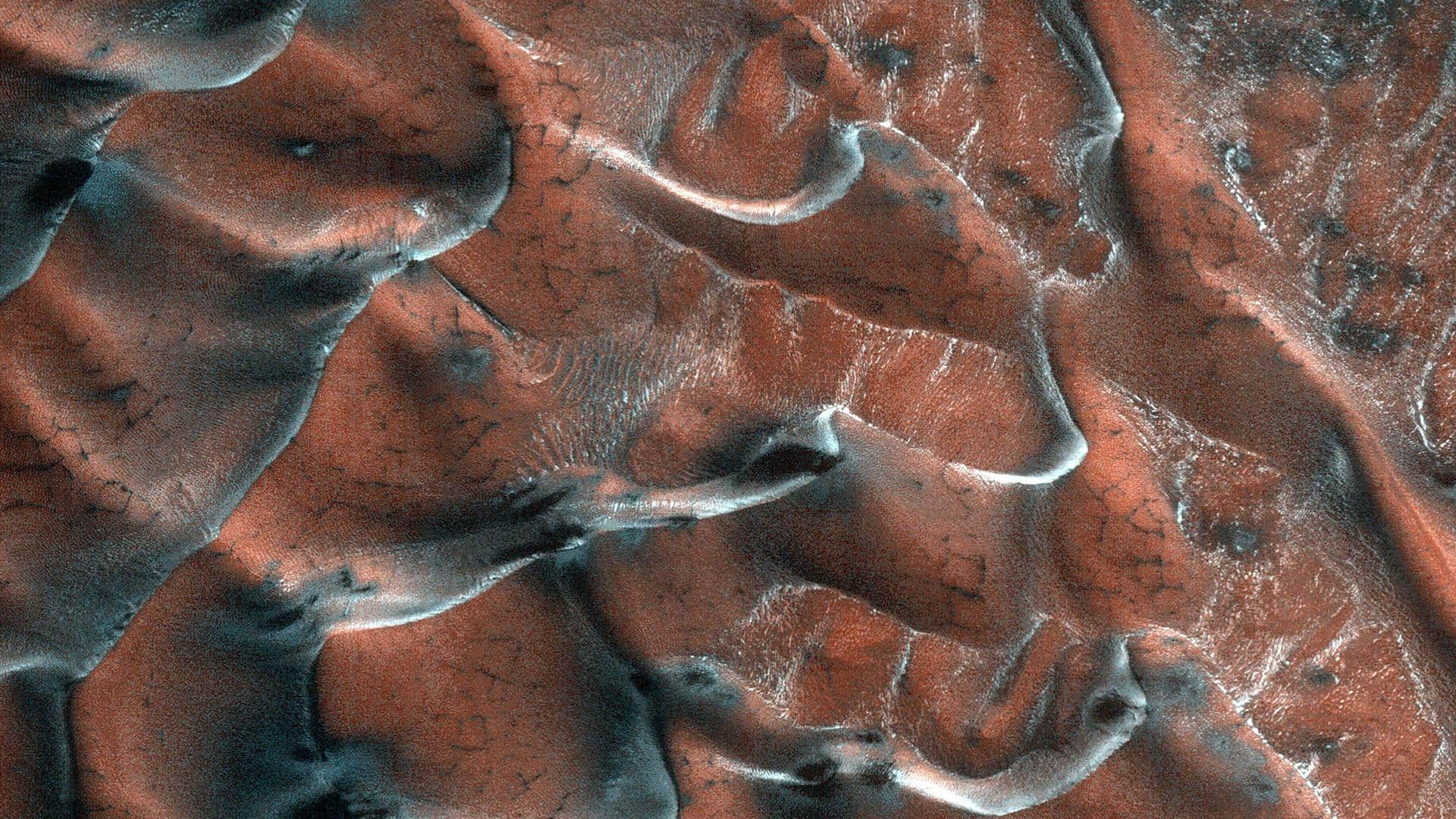
How do Martian sand dunes differ from those on Earth
What's the story
Dunes are familiar features on Earth and they also occur on Mars, Venus, and Saturn's moon, Titan. Among all the extraterrestrial dunes that scientists know about, those on the Red Planet have been closely studied. Recently, NASA's Mars Reconnaissance Orbiter (MRO) spacecraft captured a rather interesting image of sand dunes on the planet and claimed that it was "unusual." Let's find out why.
Context
Why does this story matter?
MRO, which was launched in August 2005, carries the most powerful camera ever flown on a planetary exploration mission for capturing intense and clear details of the terrain of Mars. Previous cameras on other Mars orbiters were able to identify objects no smaller than a dinner table, but MRO's camera can spot something as small as a dinner plate.
Image
Why are the sand dunes in MRO's image considered "unusual"?
While sand dunes occur in many shapes and sizes on Mars, the dunes snapped by the MRO are almost perfectly circular, which is "unusual," according to NASA. The Martian sand dunes were photographed using MRO's onboard High-Resolution Imaging Experiment (HiRise) camera and were part of an investigation to monitor how frost disappears in the late winter on the Red Planet.
Information
The Martian sand dunes were devoid of frost
The image reveals that the sand dunes were free of frost. The dunes appeared slightly asymmetrical, with steep slip faces on the south ends. "This indicates that sand generally moves to the south, but the winds may be variable," said NASA in a blog post.
Difference
The most common rock on Mars is volcanic basalt
Talking about the mineral composition of sand, that depends on the parent rocks. There is much to be discovered about Martian sands and their compositions. The most common rock on Mars is volcanic basalt, which is a dark rock, hence the sand particles appear dark. On Earth, granitic rocks are common and sand is mostly composed of quartz or silicon dioxide.
Similarity
Main Martian dune types are mega-ripples and parabolic, among others
Many Martian sand dunes do not have a dark done. Scientists theorize that this could be because light-tone dust could have fallen from the atmosphere to cover the dunes on Mars. Dunes on Earth have several characteristic shapes, and the same goes for Mars as well. The main Martian dune types are mega-ripples, parabolic or barchan, transverse, and star.